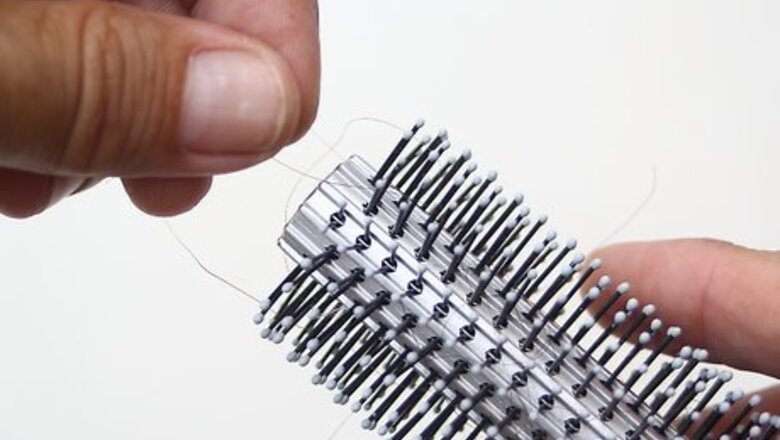
views
Providing a Basic Cleaning
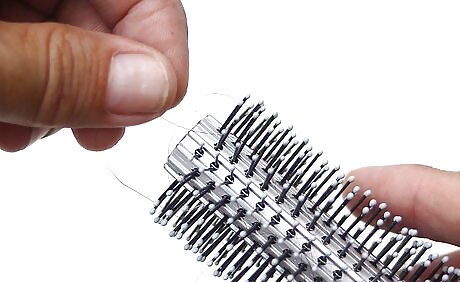
Remove hair from the brush with your fingers. Get as much hair out of the brush or comb first by simply picking it out with your fingers. Hair should come out fairly easily, so try to be as thorough as possible. If you encounter any hair that's stuck on, use a toothpick to loosen it and then remove it with your fingers. You may even be able to purchase tools designed to remove hair from your brush. Alternatively, you can also try using a hair pik or the end of a rat tail comb.

Mix a mild cleaner with warm water. You do not need to use strong cleaners on a hair or brush. A mild cleaner, such as dish soap or shampoo, works great. Add a small dab of your cleaner to a small bowl of warm water. There are no precise amounts that are recommended, but you usually do not need an excessive amount of cleaner to clean a brush or comb.
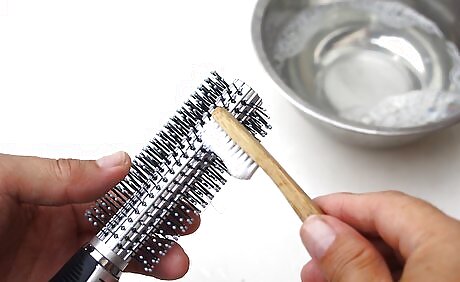
Scrub down the brush or comb with a toothbrush. First, soak your brush in the cleaner for about 15 minutes to help loosen any stuck on material. Then, get an unused toothbrush damp with the cleaner and gently swab down the brush or comb between the bristles. You should also swab down the sides of the brush, as these make contact with your hair and build up residue over time. If you have a brush with a wooden handle, avoid getting the sides wet, however. Water can damage wood.
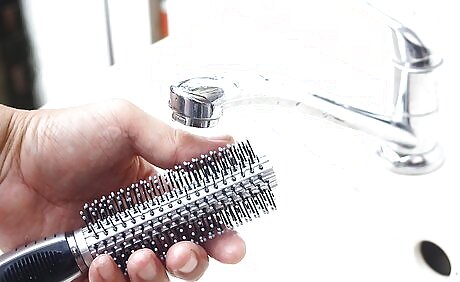
Rinse the brush or comb. Once you've given the brush or comb a good scrubbing, you should rinse out your cleaner. Rinse out the brush under the faucet using hot water until the water runs clean. Let the brush or comb air dry after cleaning it. If you're in a hurry, you can also pat it dry with a paper towel or rag or use a hair dryer on medium heat a few inches away from it.
Deep Cleaning and Disinfecting
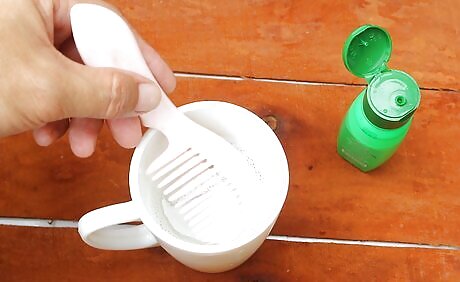
Submerge plastic combs in vinegar or rubbing alcohol. Plastic combs can be safely sanitized in either rubbing alcohol or apple cider vinegar. Fill a cup or bowl that's big enough to hold your comb with vinegar or rubbing alcohol. Let the comb soak for 10 minutes. Then, remove the brush or comb and rinse it out under running water.
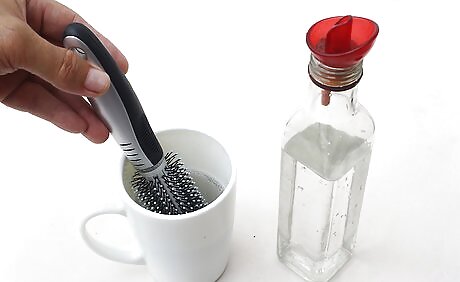
Soak the head of a brush in vinegar to disinfect. You only need to soak the head of a brush to disinfect it. Add a mixture of one part white vinegar to one part water to a bowl big enough to hold your brush's head. Then, soak the brush's head in the mixture for 20 minutes. Rinse the brush under running water when you're done.
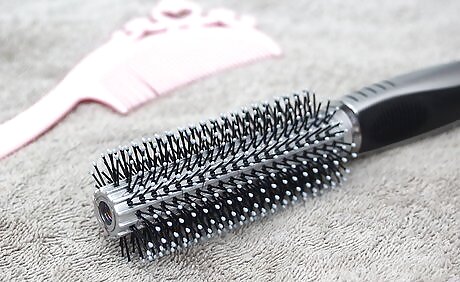
Let your brush or comb air-dry. Brushes and combs should be air dried on a towel. Times will vary depending on the type of brush or comb. Some will take a few hours to dry while others may need to dry out overnight.

Clean your handles. Handles of brushes and combs also come into contact with a lot of germs. You should clean them as well during the disinfecting process. Cleaning depends on the material of your brush or comb, but you can swab down most surfaces with rubbing alcohol to wipe away any residue. You can then rub down the handles with a damp cloth. It may be best to avoid harsh cleaners, like rubbing alcohol, on wooden brushes.
Taking Precautions
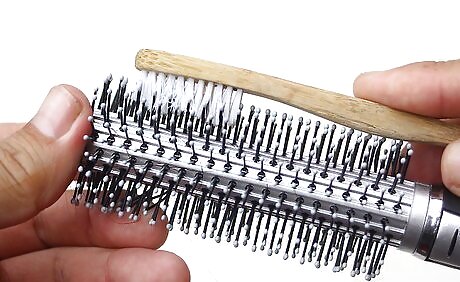
Clean bristles gently. When cleaning the bristles of your brushes, go slowly and make gentle motions. Cleaning the bristles too aggressively could result in them bending or breaking during the cleaning process.
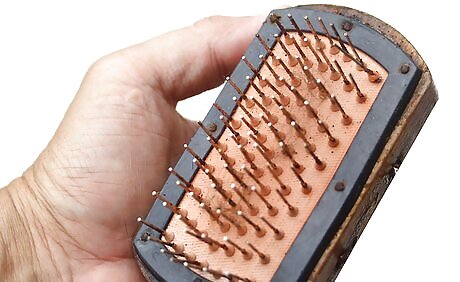
Avoid getting cushioned brushes wet for long. Brushes that have cushioning below the handles should not be wet for long periods. Avoid soaking these brushes to disinfect them and stick to only giving them a mild rub down with a mild cleaner and water.

Do not soak wooden brushes. Brushes with wooden handles or frames should never be soaked. Wood is very susceptible to water damage and soaking a wooden brush can easily ruin it. Stick to washing these brushes with a toothbrush and cleaner.














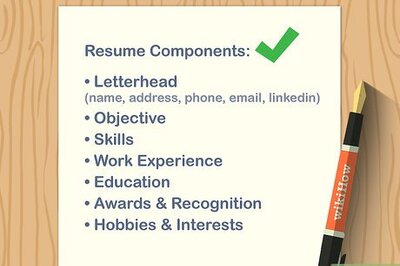





Comments
0 comment